Peyrassol
Provence, France
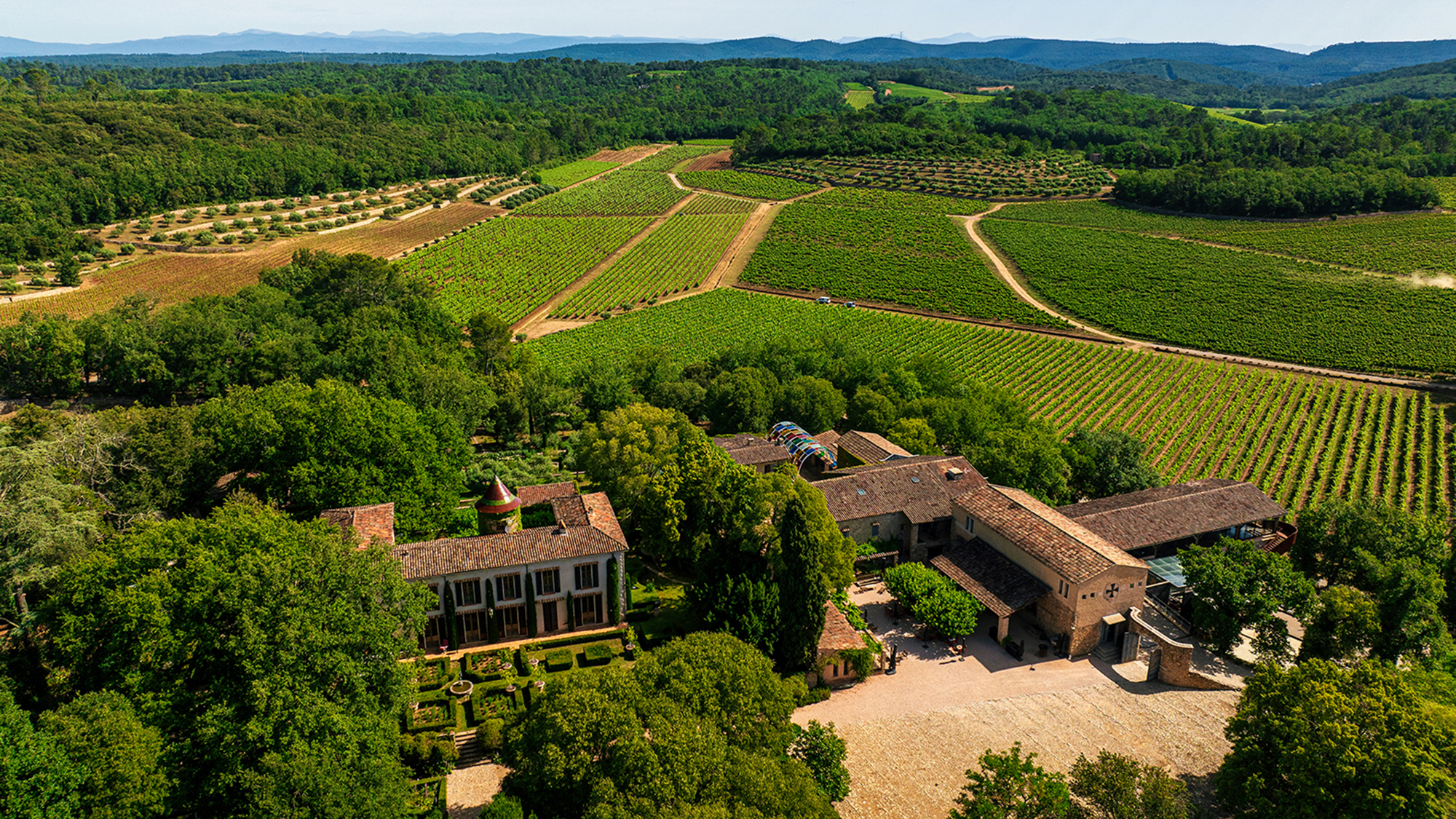
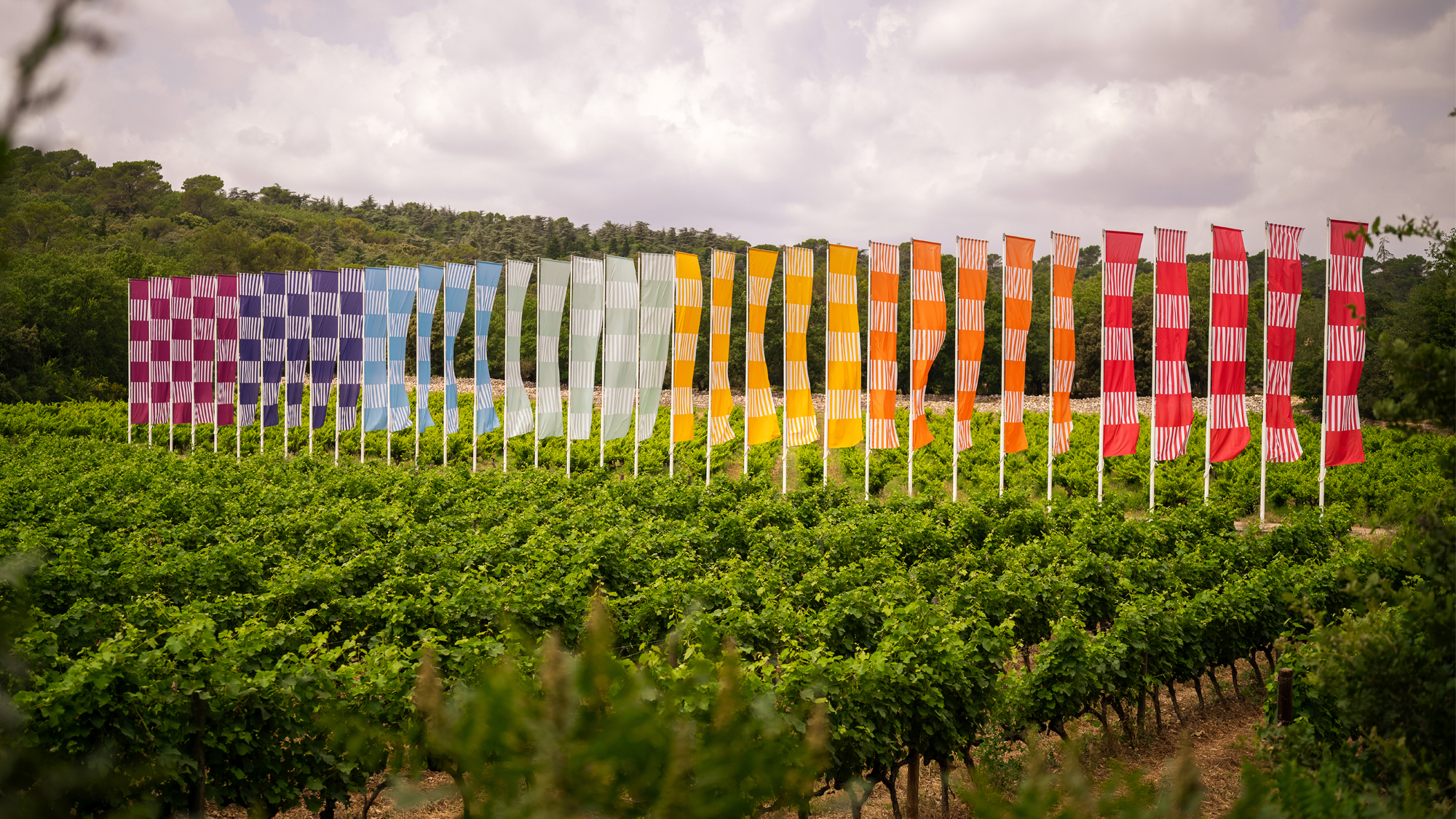
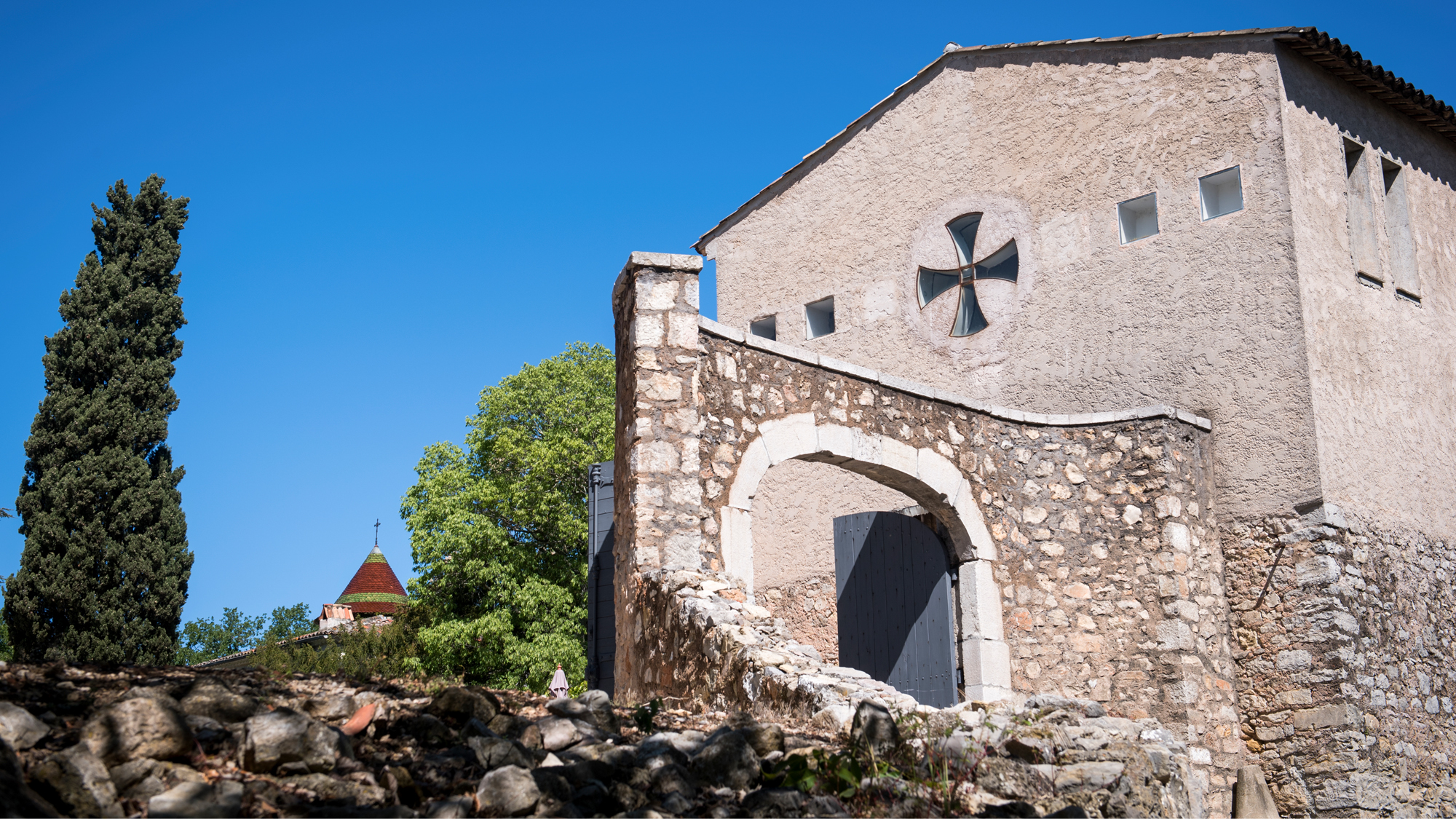
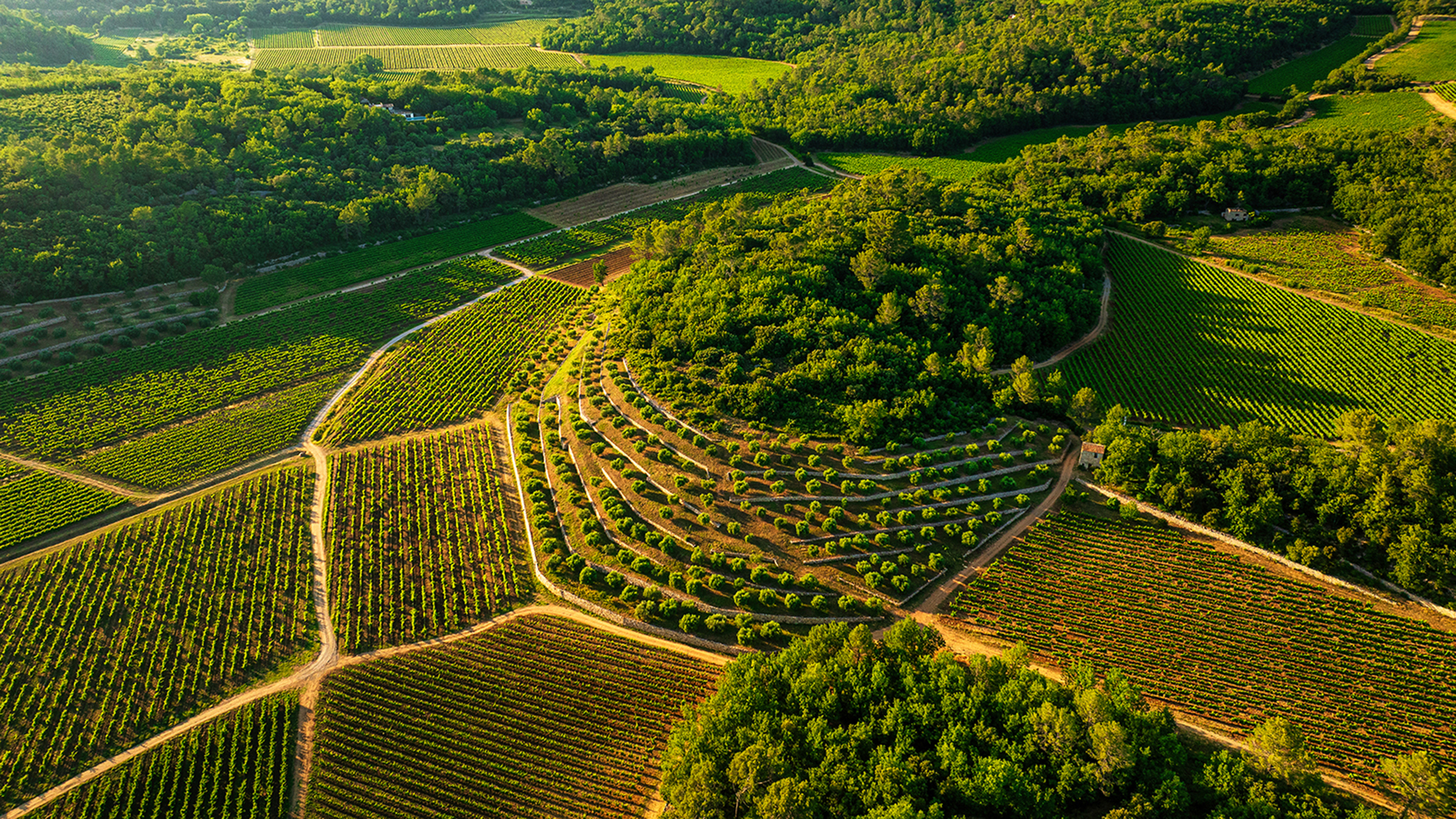
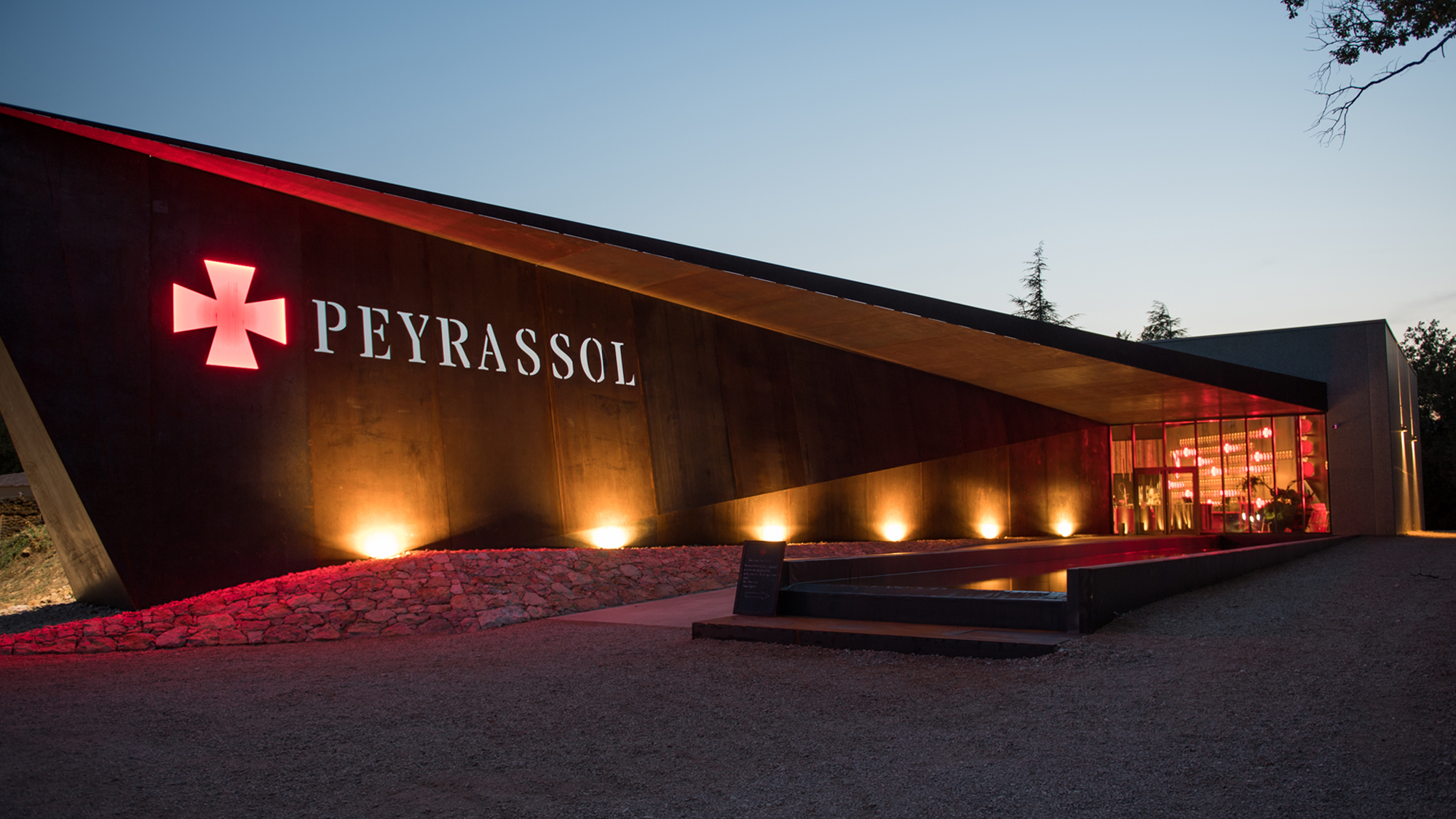
Commanderie de Peyrassol is located in the foothills of the Massif des Maures mountain range, ten miles from the Mediterranean Sea, between Cannes and Marseille. Founded by the Knights Templar in 1204, Commanderie de Peyrassol has thrived as a sanctuary for gathering travelers, all the while holding true to its values of hospitality and conviviality. The estate consists of 1,000 hectares with 95 hectares planted to vineyards cultivated on dry, rocky clay and limestone soils. With effort from the current owner, Philippe Austury, to revitalize estate's centuries-old reputation, Peyrassol is now, more than ever, synonymous with great wines and celebrated generosity across the world.
Winery Story12 Results
Provence
Château Rosé
Provence
Les Commandeurs Rosé
Provence
La Croix Rosé
Provence
Réserve des Templiers Rosé, Côtes de Provence
Provence
Les Commandeurs Blanc
Provence
Les Commandeurs Rouge
Provence
Château Blanc
Provence
Château Rouge
Provence
Le Clos Rosé
Provence
Le Clos Blanc
Provence
Le Clos Rouge
Provence
La Croix Rouge













